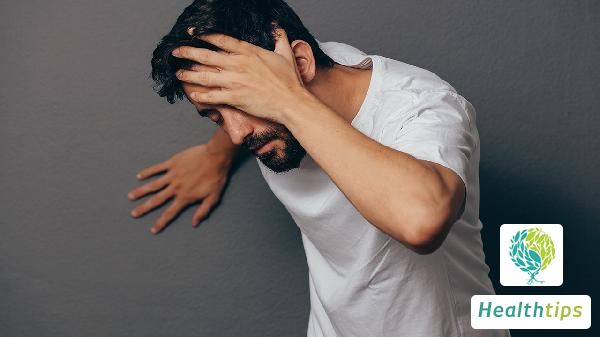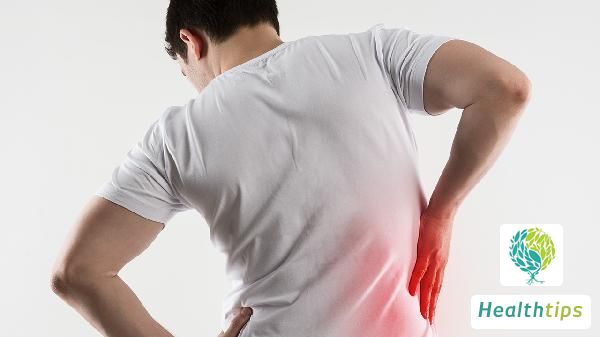How Can I Regenerate My Gum Tissue?
The gums usually cannot regrow, but can be prevented from further atrophy through methods such as teeth cleaning. Many people do not pay attention to oral hygiene in their daily lives and do not develop good brushing habits. Over time, this can easily lead to various oral problems, such as bad breath, gingival inflammation, and gingival atrophy. It is important to regularly remove dental plaque and maintain oral hygiene.

Once the gums atrophy, they cannot regrow. Only through dental cleaning and other health measures can the stimulation of dental plaque be avoided and further atrophy of the gums prevented. The gums grow attached to the underlying alveolar bone, with the gums being soft tissue and the alveolar bone being hard tissue. Therefore, the gums must be supported by the alveolar bone to maintain their height. Gingival atrophy is only a superficial manifestation, and the real reason is the absorption of the bone beneath the gums, which leads to the descent of the outer gums. Individual gingival atrophy can be corrected through membrane surgery, but there is currently no way to regenerate a large area of absorbed alveolar bone. The reason for alveolar bone absorption is the long-term stimulation of dental plaque in the mouth, so it is recommended to clean it promptly if there is dental plaque on the teeth.
Gingival atrophy is commonly seen in periodontal inflammation, and a typical manifestation of periodontitis is attachment loss, gingival atrophy, alveolar bone absorption, which ultimately leads to tooth loosening and loss. Once the gums atrophy, the first impact is on the local aesthetics, and the corresponding teeth will gradually become loose. Loose teeth have decreased chewing force, and the teeth may feel soft and weak. Additionally, the exposure of tooth roots can lead to sensitivity and food impaction. If this condition further develops, the loose teeth may fall out. This can severely affect the patient's chewing and biting function, further affecting their nutritional absorption and having a certain impact on their overall system.



















